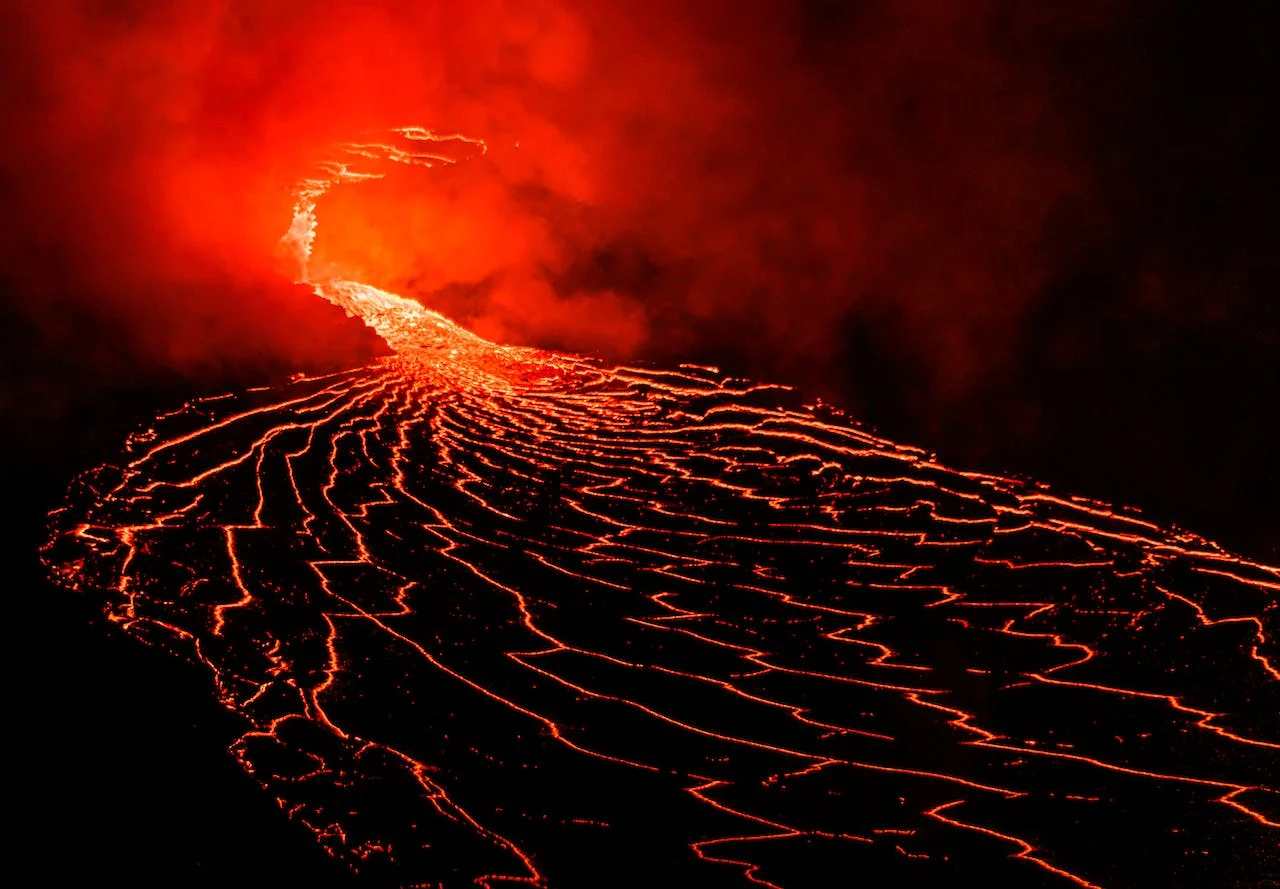
A source of “unlimited energy”: Icelandic scientists want to drill the world’s first tunnel to the Earth’s magma chamber
Scientists in Iceland intend to drill a well directly into the Earth’s magma chamber, which will allow for the first time to look directly at the oceans of molten rock at a depth of many kilometers below the surface. But beyond scientific curiosity, it could also revolutionize geothermal energy, which could lead to this technology being used anywhere in the world.
Details were provided by the New Scientist. Such an energy source would potentially have hitherto unattainable efficiency.
“This is the first trip to the center of the Earth,” said Björn Schur Gurmundsson of the Geothermal Research Cluster (GEORG) in Reykjavik. He believes that such a well could open up potentially “unlimited energy” for humanity.
Magma is extremely important for our understanding of the Earth’s geology, but it is not as easy to find as it may seem, and obtaining direct, reliable data on it is extremely rare. So far, no one has even tried to drill directly into the magma chamber.
As volcanologist John Eichelberger from the University of Alaska explained, discussions of this topic usually end in ridicule and statements about provoking an eruption. Not to mention that few people believe that a magma chamber can be found.
But incredible luck proved that this was a mistaken reaction. In 2009, a geothermal drilling project for the Icelandic energy company Landsvirkjun unexpectedly stumbled upon a magma chamber near the formidable Krafla volcano. Despite the warnings, no volcanic eruption occurred, so now scientists know that drilling in magma can be safe.
In 2013, the same team that made the discovery launched the Krafla Magma Testbed project to try to replicate their success. Drilling is scheduled to begin in 2026 as part of this project. The scientists aim to deepen our knowledge of magma.
“We don’t have direct knowledge of what magma chambers look like, which is of course crucial for understanding volcanoes,” explained Pao Papale of the National Institute of Geophysics and Volcanology in Italy.
Scientists plan to place a number of sensors in the magma that will continue to measure properties such as temperature. They also intend to study how the rock is melted into magma, as well as to find indicators that could tell us about the approaching volcanic eruption, which is currently difficult to predict.
In addition, the scientists intend to contribute to the renewable energy industry. They hope to develop a new form of geothermal energy generation called near-magmatic geothermal, which uses the extreme heat of molten rock to heat water to even higher temperatures than those possible with current technology.
For this technology to be applied worldwide, scientists, however, need to understand how to determine exactly where magma chambers are hidden beneath the Earth’s surface and whether their accidental discovery will help.

